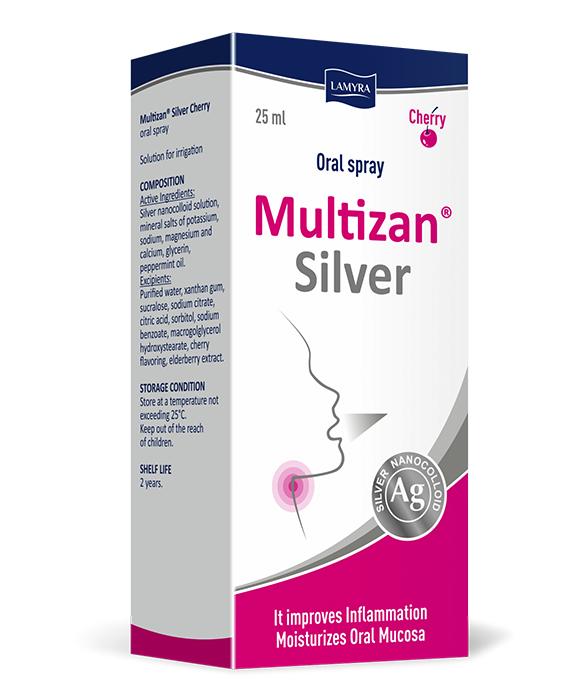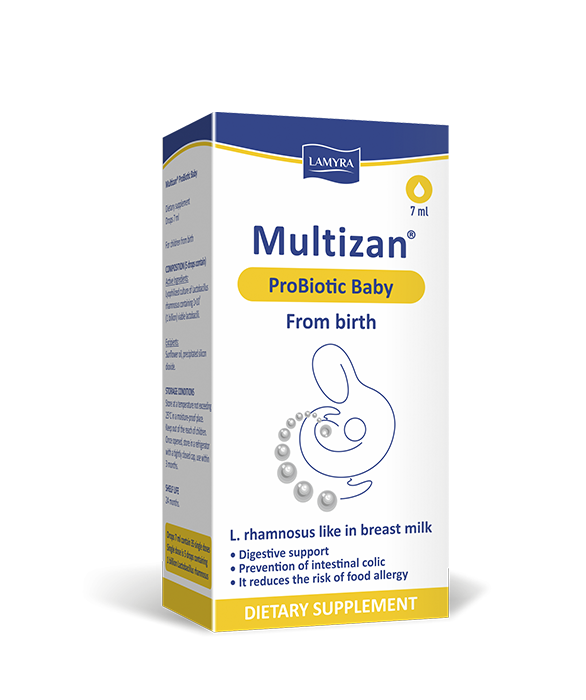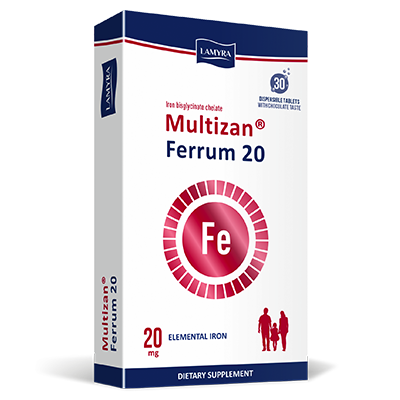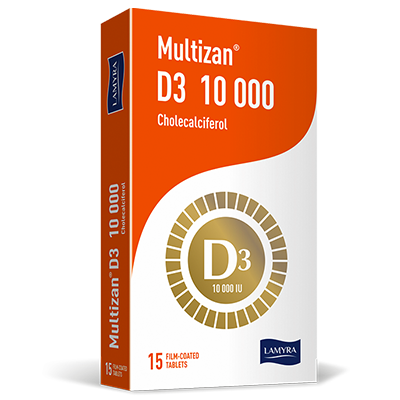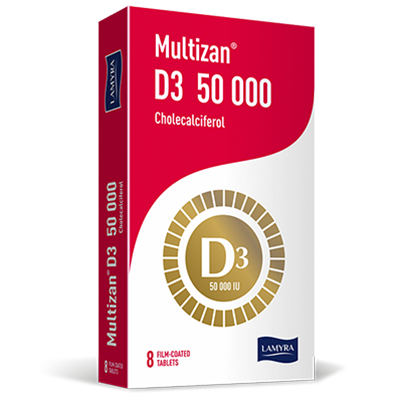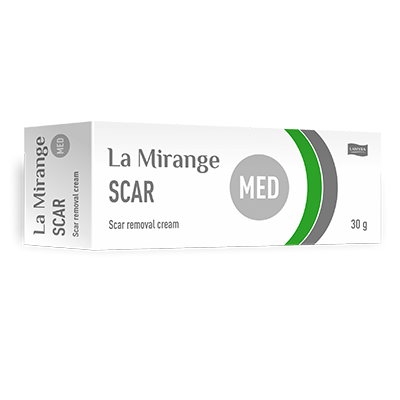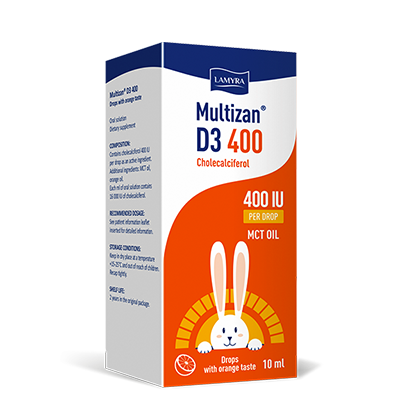Silver nanoparticles (AgNPs) are used in various fields of medicine, starting from respiratory diseases to dermatology and surgery due to their broad antibacterial, antiviral and antifungal spectrum.
Bacteria. There are four known antimicrobial actions of AgNPs: (1) adhesion to a surface microbial membrane due to electrostatic attraction between the positive charge of silver ions and the negatively charged cell membrane of microbes, (2) the penetration of AgNPs into a cell and intracellular damage, the inhibition of the respiratory chain dehydrogenase, (3) the triggering of oxidative stress in a bacterial cell by the production of reactive oxygen intermediates, and (4) the disruption of signal transmission routes in cells, the denaturation of bacterial DNA and interruption of microbial reproduction.
AgNPs are active against a wide spectrum of both Gr- and Gr + bacteria: Pseudomonas aeruginosa, Escherichia coli, Staphylococcus aureus, Staphylococcus epidermidis, Proteus spp., Klebsiella spp., St. pyogenes, St. mutans, St. pneumoniae, Salmonella spp. and etc.1
Fungi. AgNPs have shown good antifungal properties against many fungi: Aspergillus niger, Candida albicans, Candida glabrata, Trichophyton mentagrophytes, Fusarium semitectum, Trichoderma spp. and etc. by inhibiting the enzymes of the respiratory chain and uncoupling the processes of oxidative phosphorylation. (2)
Viruses. Two ways of the interaction of AgNPs with pathogenic viruses have been found: (1) AgNPs bind to the outer envelope of the virus, thus inhibiting viral attachment to cellular receptors, and (2) AgNPs bind to the DNA or RNA of the virus, thus inhibiting the replication and spreading of the virus within host cells.
AgNPs studies have shown efficacy against many viruses: herpes simplex virus type 1, 2, HIV (human immunodeficiency), poliovirus, hepatitis B, the main pathogens of a common cold, adenovirus type 3, respiratory syncytial virus (RSV), H1N1 influenza A, human parainfluenza virus type 3.
There is scientific evidence on the action of AgNPs in relation to SARS-CoV-2 due to the binding to a viral spike glycoprotein. (1)
1. Salleh A, Naomi R, Utami ND, Mohammad AW, Mahmoudi E, Mustafa N, Fauzi MB. The Potential of Silver Nanoparticles for Antiviral and Antibacterial Applications: A Mechanism of Action. Nanomaterials (Basel). 2020 Aug
2. Zhang XF, Liu ZG, Shen W, Gurunathan S. Silver Nanoparticles: Synthesis, Characterization, Properties, Applications, and Therapeutic Approaches. Int J Mol Sci. 2016 Sep 13;17(9):1534. doi: 10.3390/ijms17091534. PMID: 27649147; PMCID: PMC5037809.

